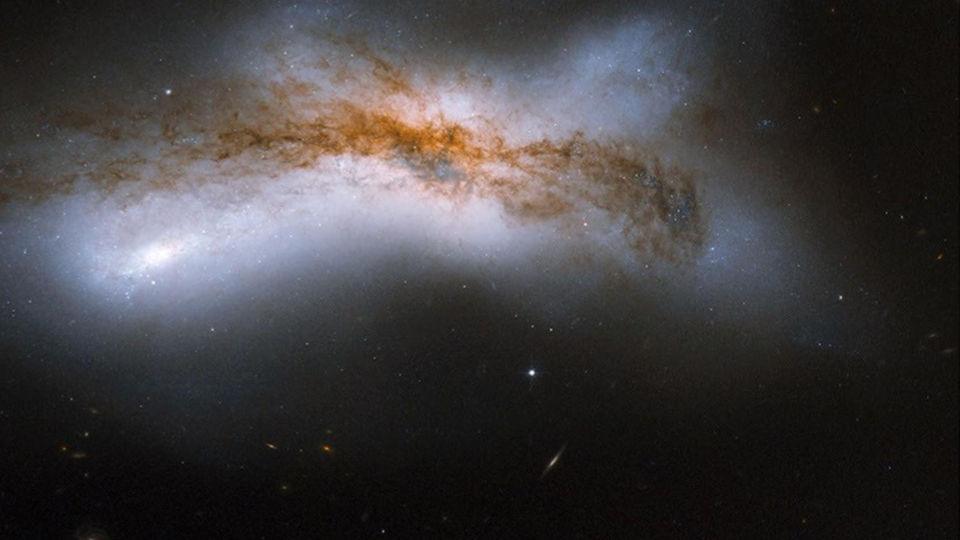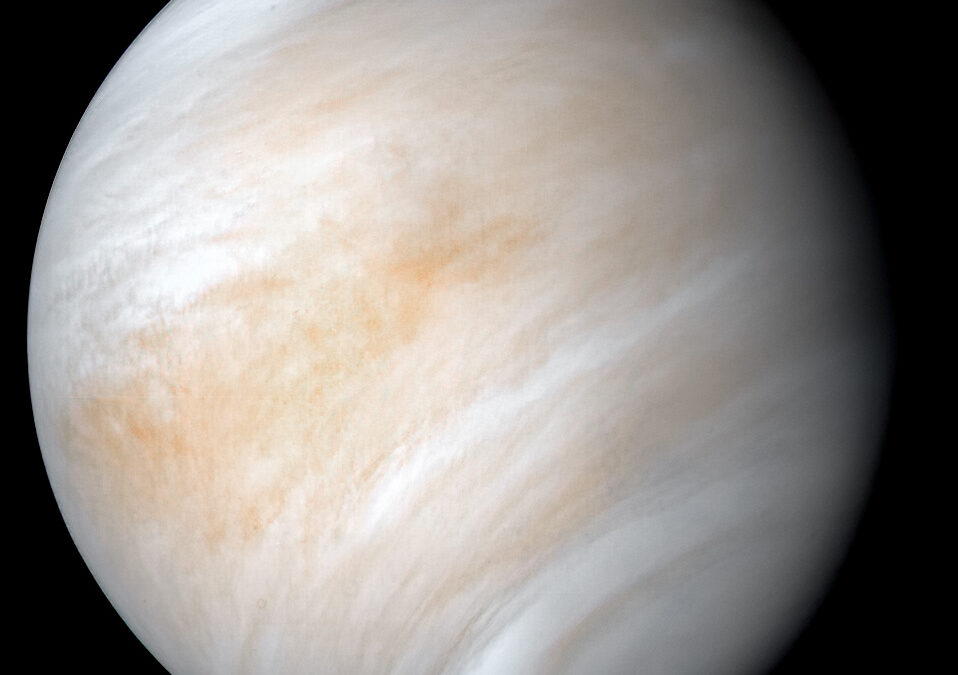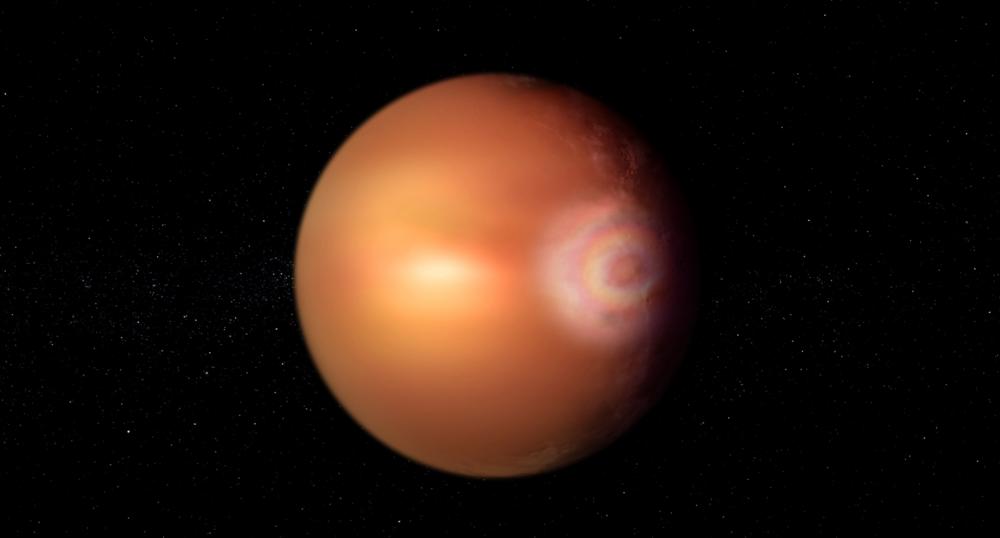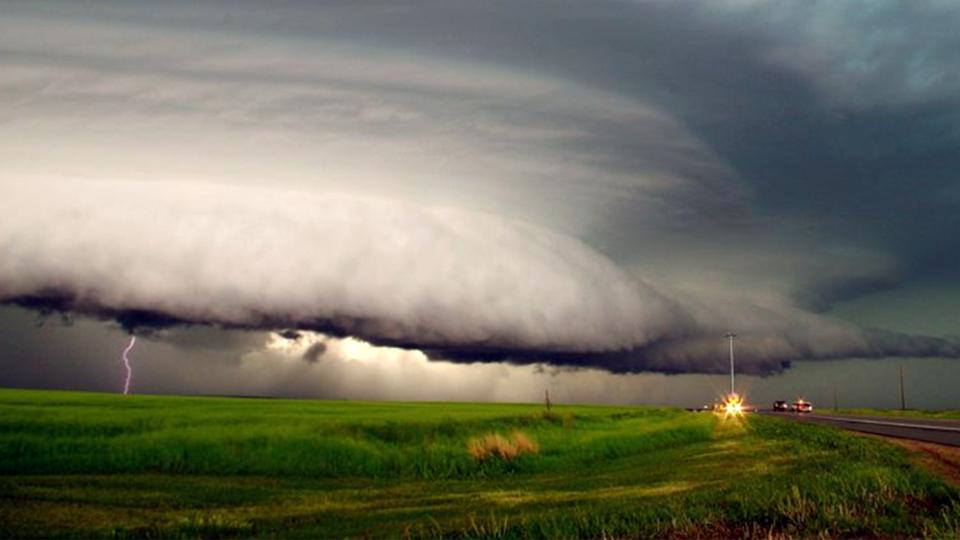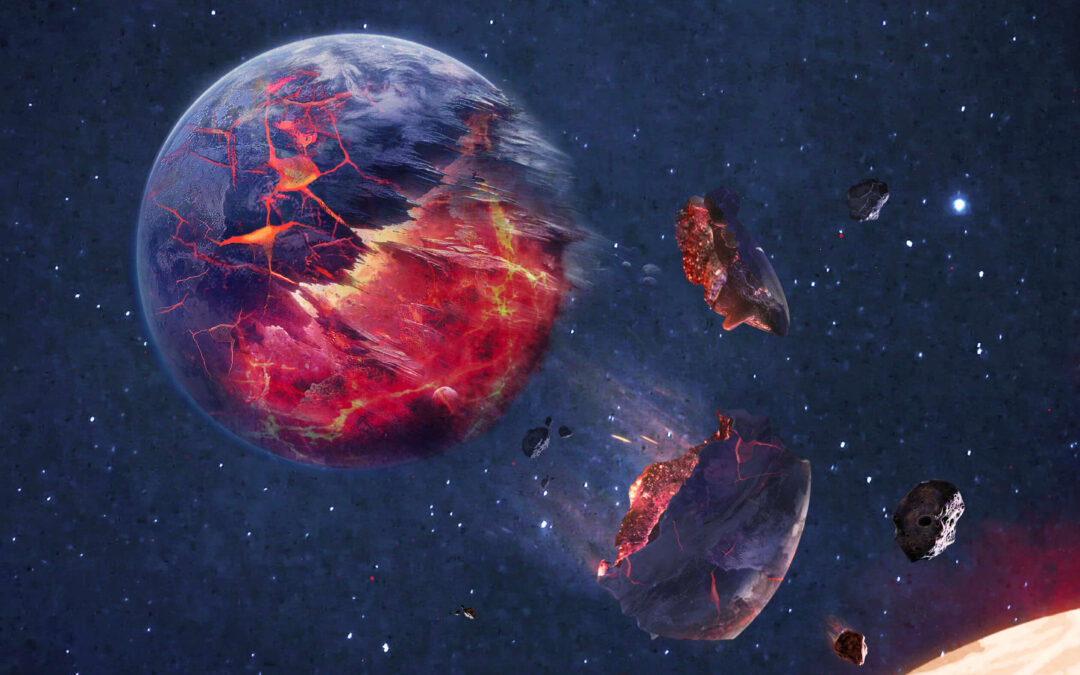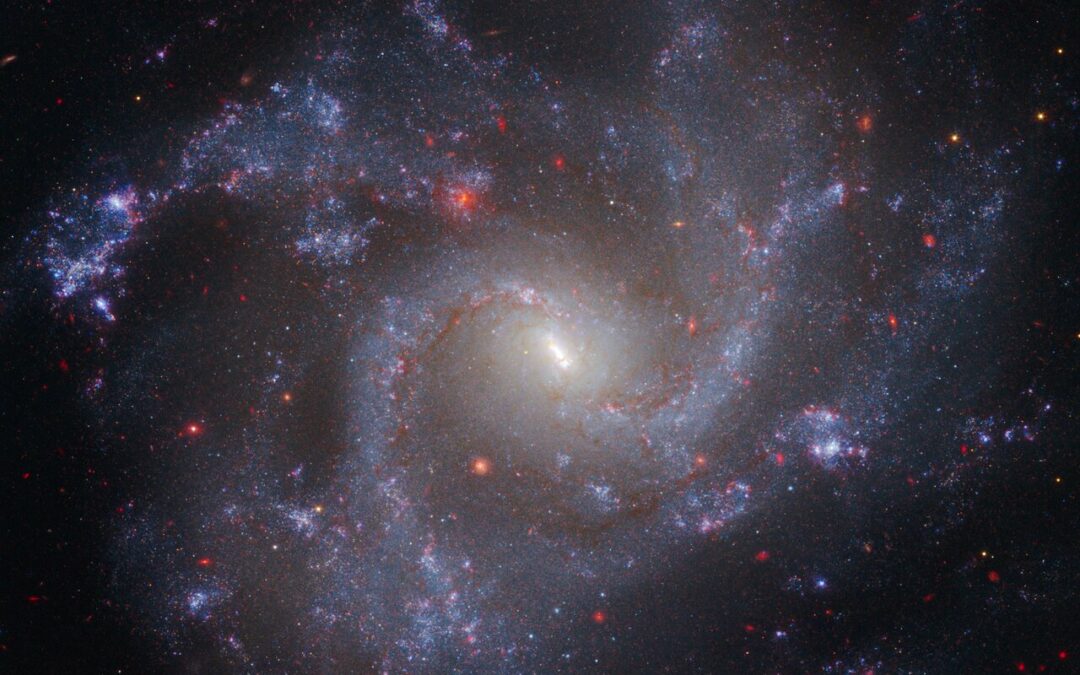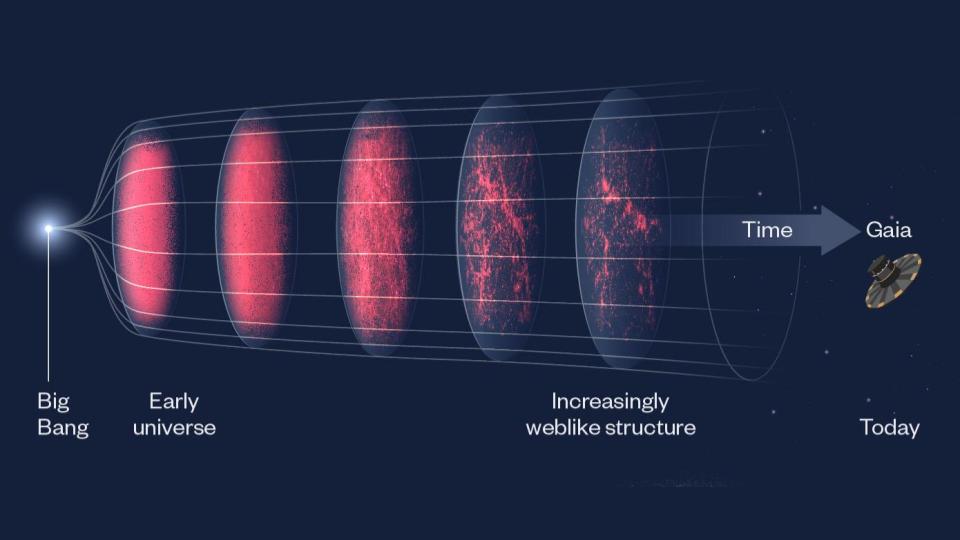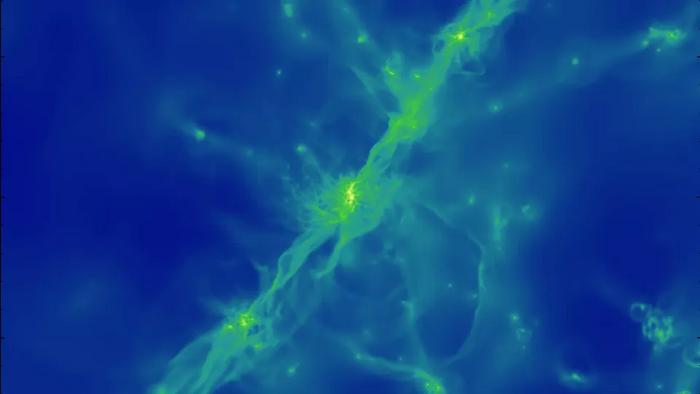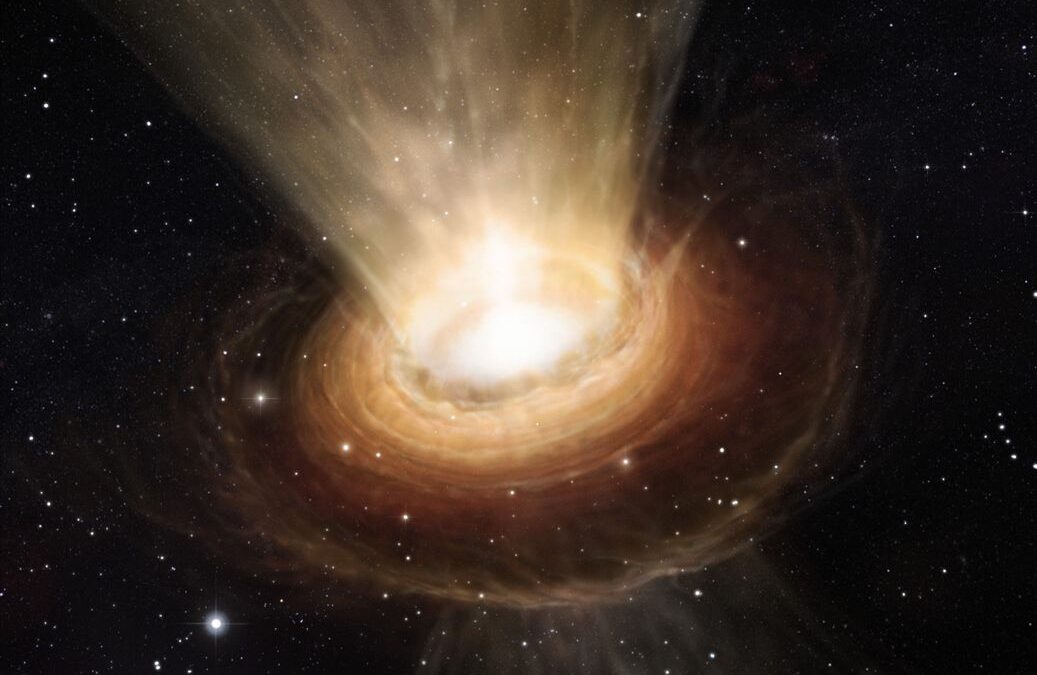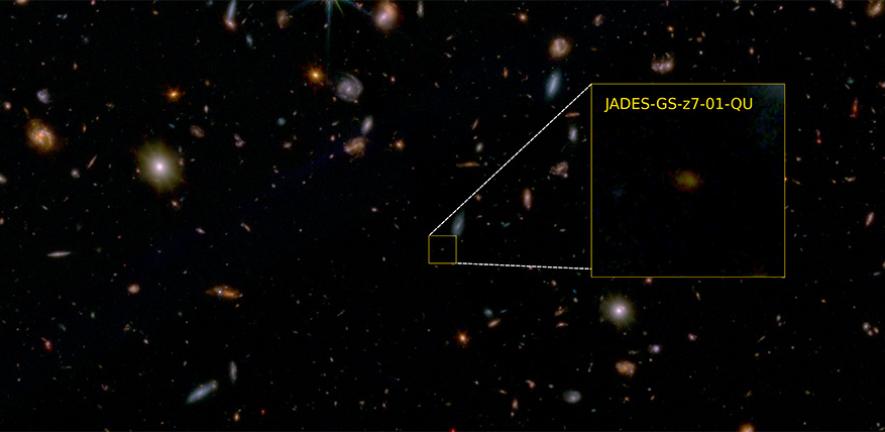Galaxy meger NGC 520. Credit: NASA, ESA, the Hubble Heritage (STScI/AURA)-ESA/Hubble Collaboration, and B. Whitmore (STScI The diversity in galaxy mergers is amazing, and entire careers and catalogs have been dedicated to systems. A favorite pastime for many merger modelers has been trying to figure out what our own galaxy and the Andromeda galaxy will look like as they merge, and trying to figure out which of the mergers we see we might look the most like. Except, new research, led by Till Sawala finds that the Milky Way and Andromeda may not be destined to become Milkdromeda after all....
